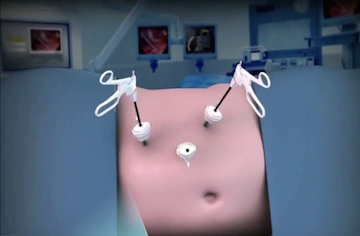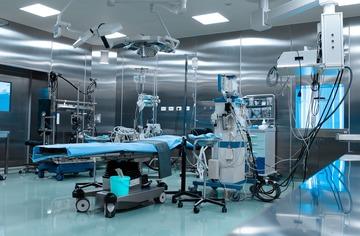Most often the pain develops as a result of the ureter blockage in the presence of kidney stones. Less often renal colic can be the result of hydronephrosis, and sometimes the ureter can get blocked by a blood clot or a tumour fragment in the presence of renal cancer.
In all of the abоve cases the urine cannot leave the renal pelvis and the latter stretches in turn irritating the nerve endings. Sharp and severe pain follows. Diagnosis of renal colic always requires a face to face consultation with a urologist. It is impossible to diagnose renal colic pain over the phone or over the internet as it is impossible to remotely distinguish it from radicular pain or, which is even worse, acute appendicitis pain.
The proper diagnostic process needs to include:
- Examination of the patient
- Palpation of the abdomen and the kidneys
- Kidney ultrasound as a way to accurately determine the stretching of renal pelvis
- General blood test, general urine test and urine culture
- General and excretory urography which is an x-ray method and helps to see the kidney stones and access how the kidneys are functioning.
- Often a CT scan is performed but this is done as part of kidney stone treatment and allows us to determine the density of the stone, it’s size and it’s exact.




